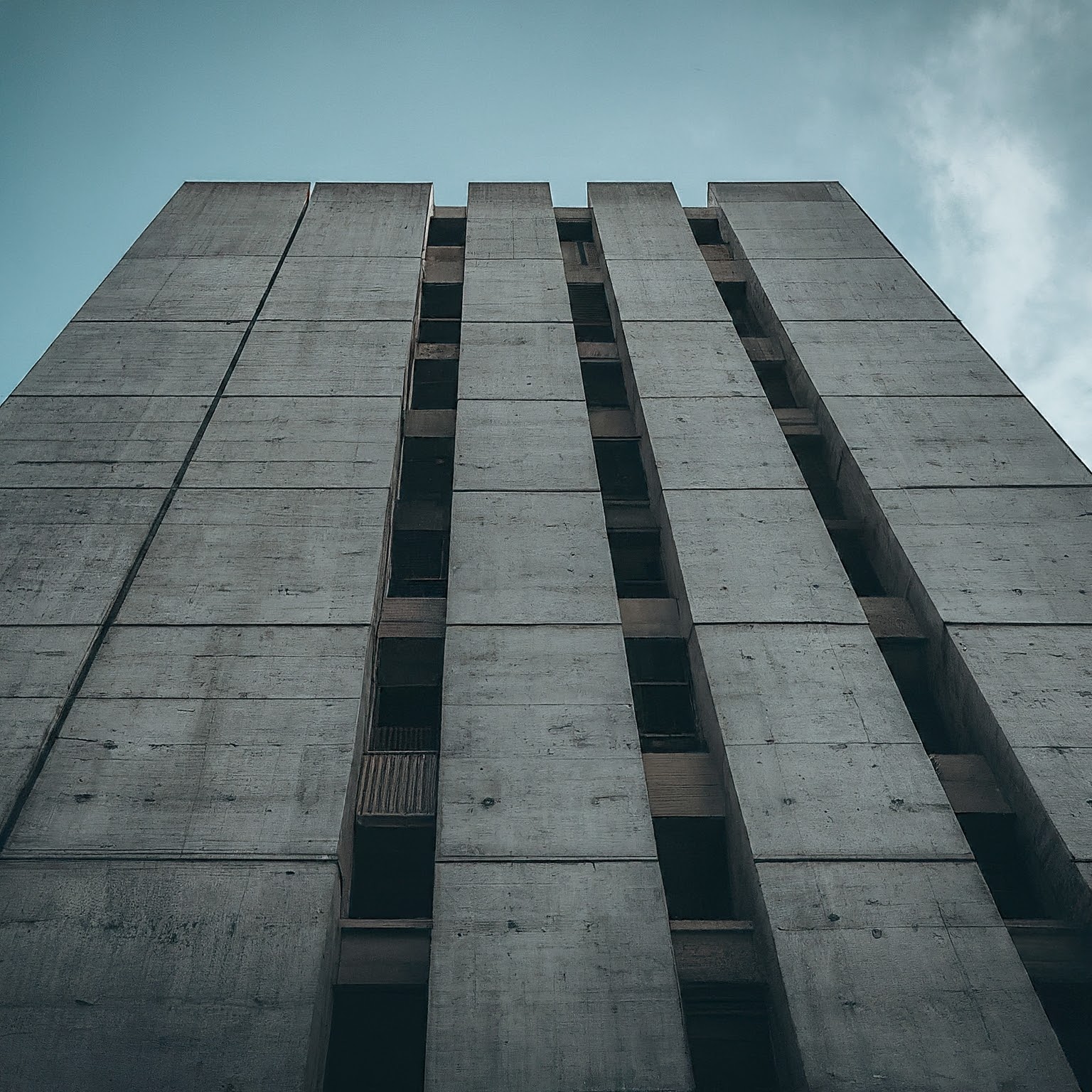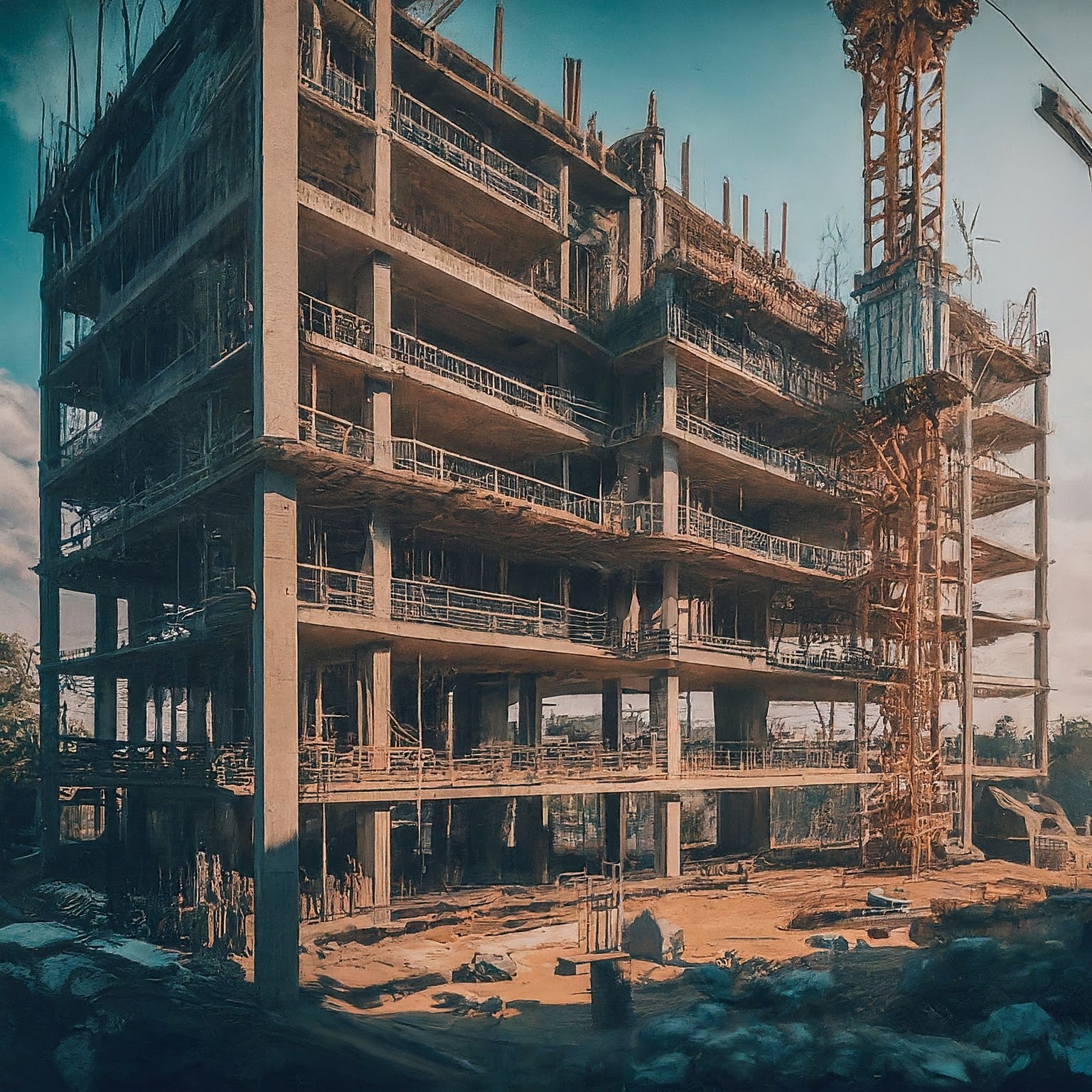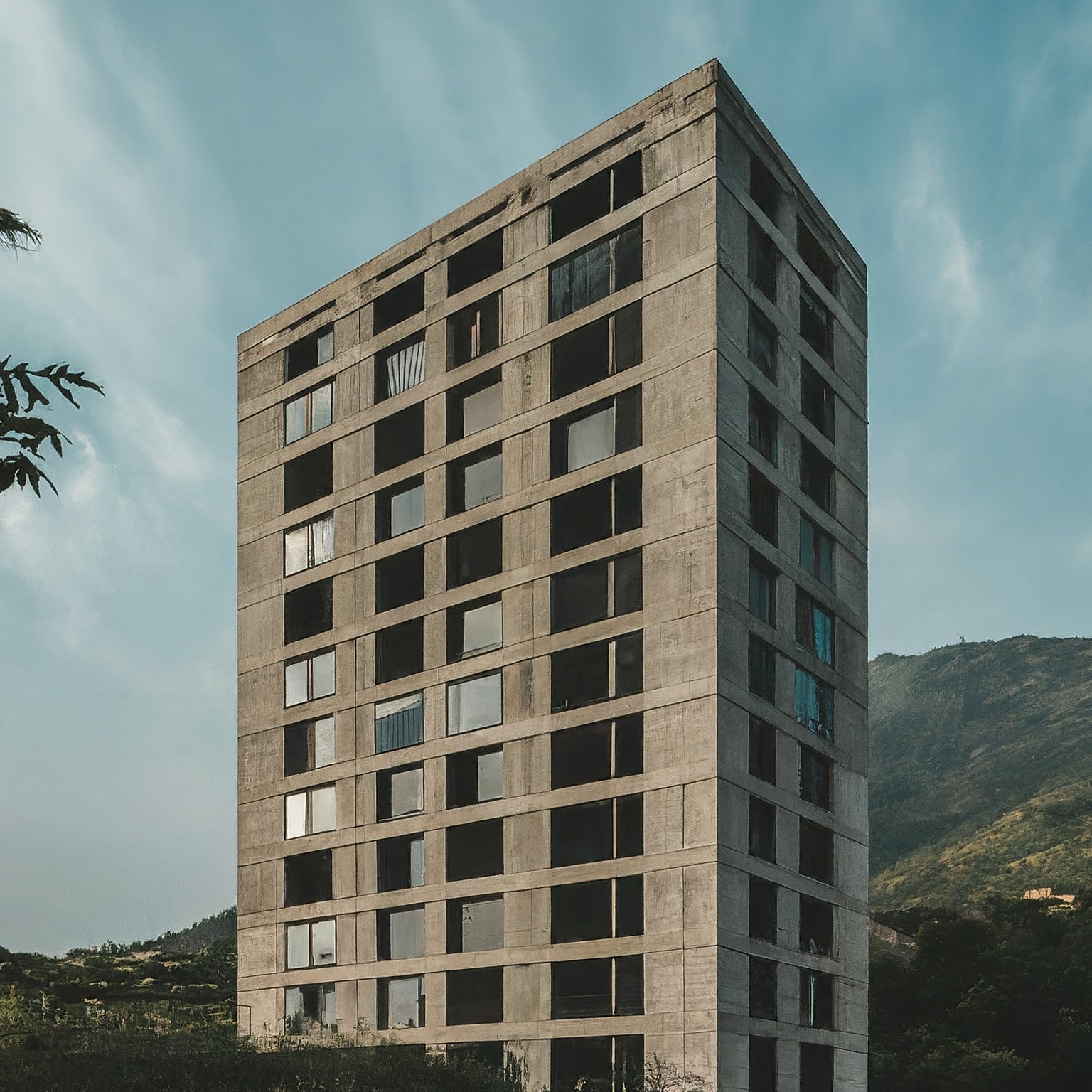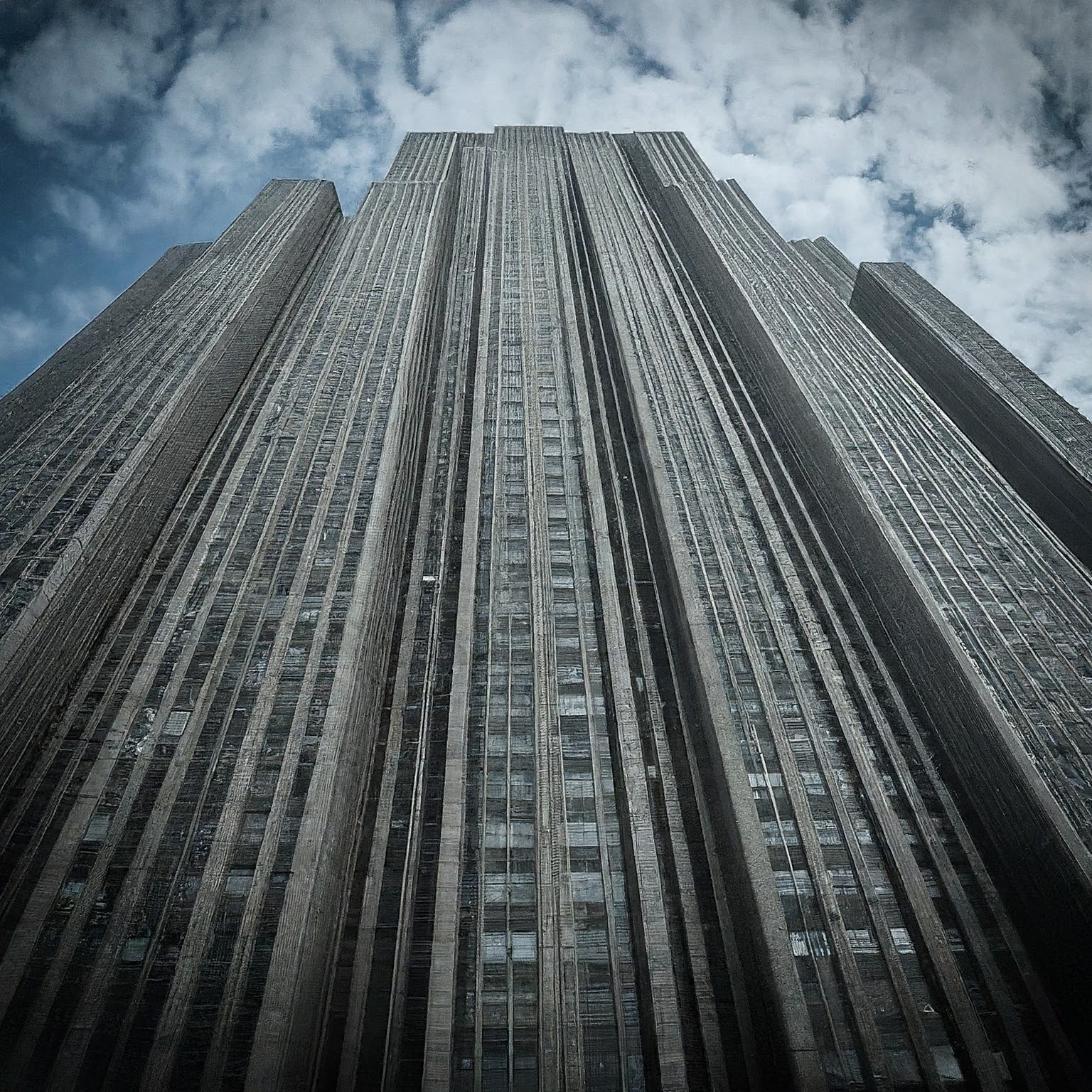Qbond-Prime
Qbond-Prime is special kind of concrete which required for High-rise buildings and it is specialized concrete due to the unique demands placed on the structure by their height and the loads they carry. The concrete used in high-rise construction needs to provide exceptional strength, durability, and workability to ensure the safety and longevity of these tall structures.
1.High Compressive Strength: Concrete must have high compressive strength to support the immense loads from the structure, including its own weight, wind forces, and seismic activities.Often exceeds 40 MPa (5,800 psi), with many high-rise buildings using concrete with strengths in the range of 60-80 MPa (8,700-11,600 psi) or higher.
2.High Durability: Concrete must resist environmental factors such as moisture, temperature fluctuations, and chemical exposure to ensure longevity.Use of supplementary cementitious materials (SCMs) like fly ash, slag, or silica fume to improve resistance to chemical attacks and enhance durability.
3.Workability: The concrete mix must be workable enough to be pumped to great heights without segregation or loss of quality.Use of superplasticizers (high-range water reducers) to improve workability and reduce water content while maintaining strength.
4.Controlled Shrinkage : TMinimizing shrinkage to reduce cracking and ensure dimensional stability.Incorporation of shrinkage-reducing admixtures and careful mix design to control shrinkage and reduce the risk of cracking.
4.Self-Consolidating Concrete (SCC) : SCC is often used to achieve a high level of flowability and compaction without vibration, especially in complex formwork and high-rise columns.Reduces labor and improves the quality of the finish by ensuring uniform compaction and minimizing voids.
Qbond readymix concrete
Where to use
-
Columns:
- Usage: Vertical members that support the weight of the building and transfer loads from the floors and roof to the foundation.
- Concrete Type: High-strength concrete is commonly used to ensure the columns can handle the significant vertical loads and stresses.
-
Columns:
- Usage: Vertical members that support the weight of the building and transfer loads from the floors and roof to the foundation.
- Concrete Type: High-strength concrete is commonly used to ensure the columns can handle the significant vertical loads and stresses.
-
Beams:
- Usage: Horizontal members that span between columns and support floors or roofs.
- Concrete Type: High-strength and high-performance concrete are used to provide the necessary strength and durability, especially for long spans and high loads.
-
Slabs:
- Usage: Floors and ceilings that provide space and structural support within the building.
- Concrete Type: High-strength concrete, often combined with high-performance additives to ensure minimal shrinkage and cracking. Self-consolidating concrete (SCC) may be used to improve workability and finish.
-
Shear Walls:
- Usage: Vertical elements that resist lateral forces due to wind and seismic activity, providing stability to the building.
- Concrete Type: High-strength concrete is essential for shear walls to handle significant lateral forces and contribute to the overall stability of the structure.
-
Curtain Walls:
- Usage: Non-load-bearing exterior walls that provide insulation, weather protection, and aesthetic appeal.
- Concrete Type: High-performance concrete or ultra-high-performance concrete (UHPC) is used for prefabricated panels due to its durability and aesthetic qualities.
-
Decorative Elements:
- Usage: Architectural features and decorative elements on the building’s exterior.
- Concrete Type: High-performance concrete with additives for enhanced finish and durability. Precast concrete panels or ornamental concrete may be used for detailed designs.
-
Curtain Walls:
- Usage: Vertical shafts that house elevators and related mechanical systems.
- Concrete Type: High-strength concrete to provide structural support and ensure safety under heavy loads.
-
Stairwells
- Usage: Emergency and access staircases throughout the building.
- Concrete Type: High-strength concrete for durability and fire resistance.
-
Piles and Caissons:
- Usage: Deep foundation elements that transfer the building’s load to stable soil or rock layers below the surface.
- Concrete Type: High-strength concrete is essential for piles and caissons to handle large loads and resist environmental conditions.
-
Footings and Slabs-on-Grade:
- Usage: Base elements that support columns and walls and distribute loads to the ground.
- Concrete Type: High-strength concrete mixed with appropriate additives to resist environmental factors and provide long-term stability.
-
Floor Finishes:
- Usage: The final surface of floors within the building.
- Concrete Type: High-performance concrete or decorative concrete finishes may be used to enhance aesthetics and durability.
-
Partition Walls:
- Usage: Non-load-bearing walls that divide spaces within the building.
- Concrete Type: Lightweight or standard concrete may be used for partition walls, depending on acoustic and fire resistance requirements.
How it looks




